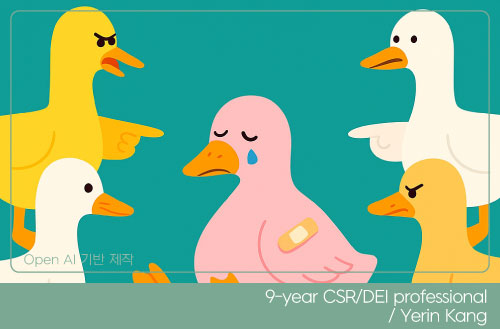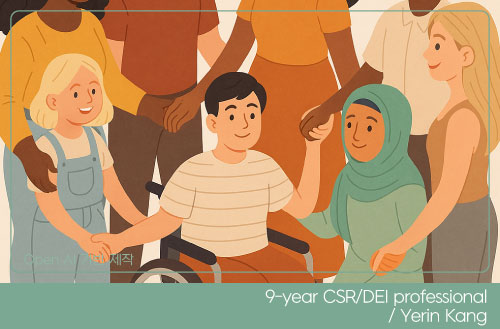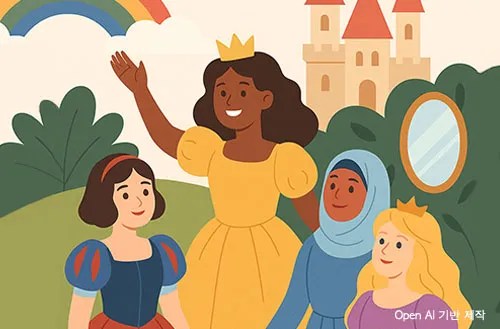
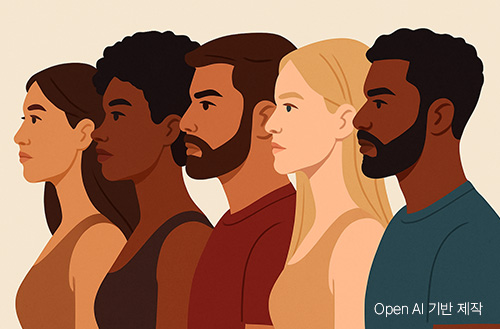
-
-
- 메일 공유
-
https://stories.amorepacific.com/en/amorepacific-how-oo-shapes-the-future-of-brands
How ‘OO’ Shapes the Future of Brands
DEI Insight #2

Columnist
Yerin Kang CSR Team

Editor's note
DEI stands for Diversity, Equity, and Inclusion, which means ensuring that members with diverse characteristics such as race, gender, age, sexual orientation, disability, religion, and cultural background are equally respected and can participate in community without discrimination.
You might close this page immediately, thinking, “This sounds boring.” While it may seem like a complex field, from a different perspective, it touches our daily lives and has significant impacts across various areas, including the economy, politics, society, corporate marketing, and communications. As a DEI professional, I’ll be sharing multiple stories I’ve encountered in this column, so please feel free to give it a quick read.
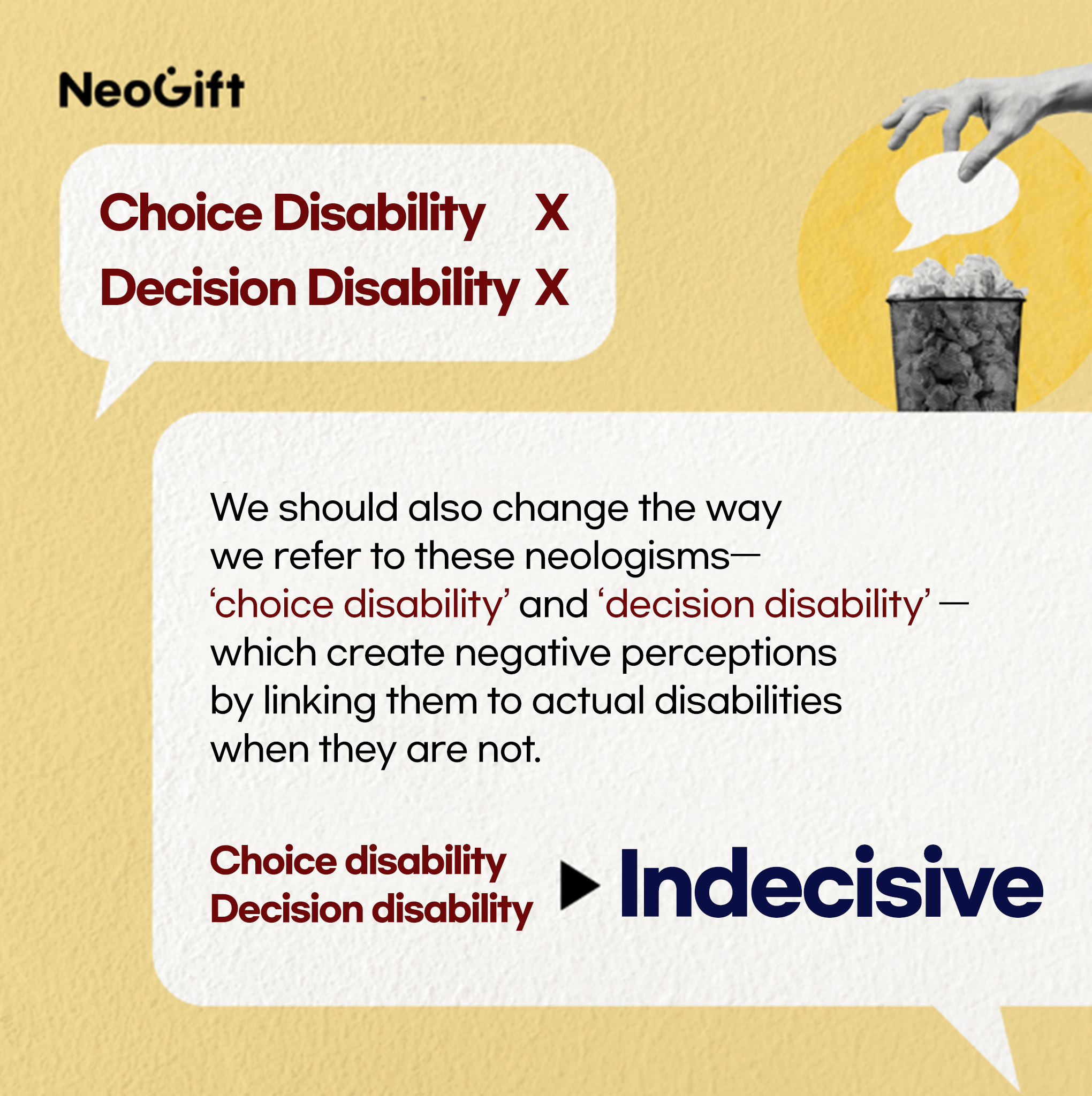
Source: Neonuricom website’s ‘Neo Story’ post
#INTRO
“I find the terms ‘choice disability’ and ‘decision disability’ quite uncomfortable. I have negative feelings about these words, and people around me also think that ‘disability’ refers to something that cannot be fixed—so why should choice or decision be attached to it?”
This was shared by Hyekyung Han, a visually impaired individual I met while developing the DEI guide, which was distributed to Amorepacific employees in 2023. Hearing this in person left me with a complex mix of feelings. I realized I had habitually used the term ‘decision disability’ whenever I found it difficult to make choices. It made me think, “This word could make someone uncomfortable,” and “Some of my words or actions might make others feel disrespected.” So what about the words and actions that companies extend to their customers? Today’s column explores ‘inclusive marketing’ in relation to this question.
1 The Impact of Inclusive Marketing
Inclusive marketing is an approach that designs corporate communications in a way that excludes no one, considering diverse identities including race, gender, age, disability, sexual orientation, religion, and culture.
Today’s consumers don’t simply choose products—they also select the values and attitudes that brands embody. Accordingly, sensitivity to every message, image, and expression that companies present has heightened. Particularly now, when social expectations for diversity and inclusion have risen, how brands view the world is no longer a trivial matter.
The influence of diversity and inclusion on customer purchasing decisions is indeed growing. According to Kantar Brand’s ‘Inclusion Index 2024,’ which surveyed over 20,300 consumers across 648 brands in 18 countries, approximately 80% of global consumers consider brands’ diversity and inclusion efforts when making purchasing decisions, with this trend being particularly pronounced among younger generations and marginalized communities.

Source: InsiderIntelligence.com
In the United States, the purchasing power of diverse racial groups is increasing. As shown in the table above, according to Radius Global research, the purchasing power of people of color, including Black Americans and Asian Americans, within the U.S. has been growing rapidly over time.
With this increased purchasing power among diverse racial groups, global beauty retailer Sephora conducted research on ‘racial bias in retail’ in 2019 to understand the shopping experiences of Black, Indigenous, and people of color customers across the industry. The results showed that three out of five customers of color felt unwelcome in many beauty retail environments and left stores as a result. More than 60% of respondents said they would not return to stores where they felt unwelcome.
In response, Sephora developed and implemented training programs on unconscious bias and cultural sensitivity to help employees become more inclusive, and significantly increased the hiring of store managers and staff from underrepresented backgrounds. Moreover, they readjusted their product portfolio to provide products suitable for all skin tones and established external communication guidelines that included new diversity standards, launching initiatives to strengthen ‘inclusivity.’ Subsequently, Sephora’s sales doubled.
Conversely, companies that fail to consider ‘inclusion’ in their marketing face significant risks. In 2019, an advertisement by Volkswagen, one of Germany’s leading automotive manufacturers, was banned from broadcast by the UK’s Advertising Standards Authority (ASA). Why was it banned?

Source: Excerpt from Volkswagen advertisement scene
At the time, the UK’s Advertising Standards Authority (ASA) had introduced a ban on gender role stereotyping. The regulation was based on research findings that ‘advertisements with gender stereotypes could limit choices or opportunities for children and adolescents who view them, leading to unequal outcomes.’
In the Volkswagen advertisement, men were portrayed as highly active and adventurous—floating in space or long-jumping with prosthetic legs—while women were depicted passively reading books beside baby strollers. The content contrasting male and female roles was flagged as requiring careful attention and was subsequently banned. Perhaps in the past, this advertisement would not have been banned, and no one would have pointed it out. However, as customers’ sensitivity to gender and awareness of discrimination have gradually increased, such regulations have emerged.

Source: Sponsorship scene
with American transgender influencer ‘Dylan Mulvaney’
Conversely, there are also cases where risks arose from insensitive marketing while attempting to reflect ‘inclusion.’ This was the case with Bud Light, which had firmly held the number one position in the American beer market for over 20 years. In 2023, Bud Light sponsored a TikTok influencer who had transitioned from male to female, which sparked significant backlash from their core customer base of male consumers. While this marketing was deployed for Pride Month in June, they failed to consider their primary consumer demographic carefully. The price was severe. Sales dropped 26% in the week the AB InBev video was released, stock prices fell 20%, and market value decreased by a staggering $26 billion. Eventually, they fell to third place in the beer market within just over a year.
This demonstrates that when recruiting advertising models, ambassadors, and influencers, companies must carefully select and sensitively represent them while considering DEI perspectives and core customer demographics.
2 If We Consider ‘Every’ Moment Delivered to ‘Every’ Customer
I believe inclusive marketing perhaps begins with the concern: “Will this be okay for everyone? Might this cause discomfort to someone?” during the process of reaching customers. For manufacturing companies like Amorepacific, this process involves considering universal design and inclusive communication.
1) Products with Universal Design Applied
Universal design is a concept that refers to products, environments, programs, and services designed so that all people can use them as conveniently and safely as possible, regardless of disability, age, gender, language, or cultural background. Among these, I’d like to discuss products that incorporate universal design.
Japan, having entered a super-aged society, shows high interest in products that can be used conveniently regardless of ‘age.’

Source: Japan MARNA website
A developer at Japan’s MARNA company, after seeing his mother’s weakened hand strength due to osteoporosis, developed a ‘convenient opener’ that makes bottle caps easy to open. This opener is designed to allow users to apply their full body weight through their arms using the shoulder as a pivot point. With this product, elderly people can easily open plastic bottle caps or beverage cans without applying significant force with their fingertips. Seeing this case reminded me of my mother, whose wrist strength has weakened and who increasingly struggles to open caps. I once thought, “Isn’t universal design something unrelated to me?” But perhaps ‘inconvenience’ can suddenly visit any of us at any moment.
Amorepacific also applies universal design to its products.

Source: 2024 Amorepacific Holdings Sustainability Report
(Left) Mamonde Men Recharging Toner (Right) espoir Couture Lip Tint
Mamonde, pursuing ‘beauty without boundaries,’ has enhanced the braille marking system on new product packaging for visually impaired individuals. Beyond existing category names, they now include the product’s key benefits in braille and have applied printing methods that improve braille readability, enabling consumers to obtain more accurate information when selecting products.
espoir has applied braille markings to products and packaging to reduce inconvenience for visually impaired individuals when using makeup products. Particularly for color products, they have marked color families in braille instead of shade numbers on product containers, adding thoughtful consideration that allows product differentiation based on color itself.

Source: 2024 Amorepacific Holdings Sustainability Report
‘Universal Advisory Group’ field photo
To design the process behind these products more accurately and meticulously, Amorepacific has been operating a ‘Universal Advisory Group’ since 2023. The advisory group consists of employees with diverse physical characteristics from WeDream, Amorepacific’s subsidiary-type standard workplace for people with disabilities, and participates in the entire development process of Amorepacific’s universal design products, from project planning to sample inspection. Based on advisory group feedback, they reflect customer-centered universal design in products and services and continuously strive to improve braille markings on product packaging and enhance container usability.
2) Inclusive Communication in the Beauty Industry
Communication is as important as products. Websites, advertisements, and campaigns that use expressions or images with low linguistic sensitivity can cause discomfort. Therefore, companies must constantly examine how specific expressions might be interpreted from customers’ perspectives.
In 2017, global consumer goods company Dove posted an advertisement on Facebook and subsequently issued an official apology.

Source: Dong-A Ilbo (Dove Facebook promotional material photo)
In the video Dove posted, a Black woman used Dove soap, and when she removed the brown t-shirt she was wearing, she transformed into a white woman wearing an ivory t-shirt. When the white woman removed her t-shirt again, she became an Asian woman wearing a light brown shirt. Online, only the part where the Black woman transformed into a white woman was edited and rapidly spread, sparking criticism. In response, Dove stated on Twitter: “An image we recently posted on Facebook missed the mark in representing women of color thoughtfully. We deeply regret the offense it caused,” and have removed the post.
While such controversies can arise, inclusive communication with added authenticity can also increase favorability toward companies.
“Show, don’t tell”

Source: Fenty Beauty Instagram
Fenty Beauty was the first global mainstream beauty brand to present radical, inclusive marketing that considered women and race. They launched Fenty Beauty foundation in 50 shades, creating such a sensation that the term ‘Fenty Effect’ was coined in the United States. However, to add authenticity to their brand purpose, they have never directly mentioned the word ‘inclusivity’ in their communications and have consistently practiced the principle of “Show, don’t tell” since their launch. This authentic communication moves customers’ hearts.
At Amorepacific, guides are being developed to raise employees’ awareness of inclusive communication.

Source: Amorepacific DEI Common Guide
In 2023, a standard guide was shared with Amorepacific employees that extracted 10 insights from topics including race, appearance, disability, gender, and lifestyle to ensure DEI perspectives could be considered when deploying advertisements, social media, and campaigns. Additionally, customized guides were created for brands such as HERA, espoir, and B.READY to examine communication channels from a DEI perspective and propose new campaigns.

Source: ILLIYOON DEI Communication Guide
DEI communication guides were created for four brands—LANEIGE, INNISFREE, ILLIYOON, and Longtake—reflecting the characteristics of their expansion countries, including the United States, Europe, and Indonesia. This enabled them to address notable issues such as race and religion by country, prevent risks in advance, and establish response strategies for each brand.
From the Universal Advisory Group introduced earlier to the creation of DEI communication guides, throughout this process of interviewing actual customers (people with disabilities, locals, etc.), I often heard perspectives and stories that were completely unexpected and beyond my range of thinking. Therefore, when planning inclusive products and communications, I believe the difference between directly listening to customers’ stories or not is like night and day. If you’re considering inclusive marketing, why not start by directly listening to customers’ stories? That attempt would be the beginning of ‘inclusion.’
#OUTRO
‘How OO Shapes the Future of Brands’—this time, the keyword was ‘inclusion.’ Considering inclusion in marketing is no longer a choice but a necessity. The path for brands to connect more deeply with more people lies not in expanding their ‘target audience’ but in designing ‘equality of experience.’ Brands that practice this will be loved not only today but also tomorrow.
-
Like
0 -
Recommend
0 -
Thumbs up
0 -
Supporting
0 -
Want follow-up article
0

